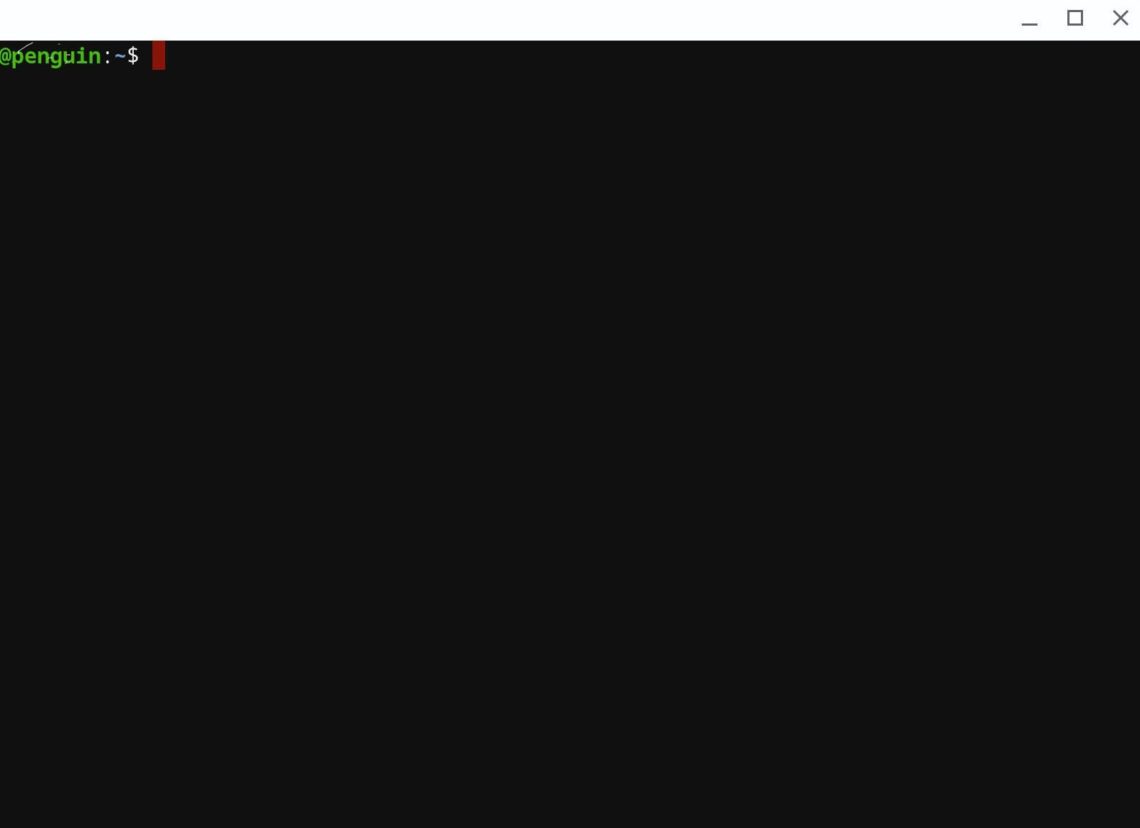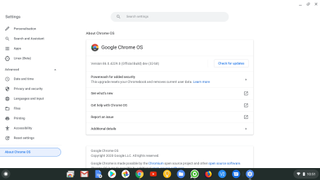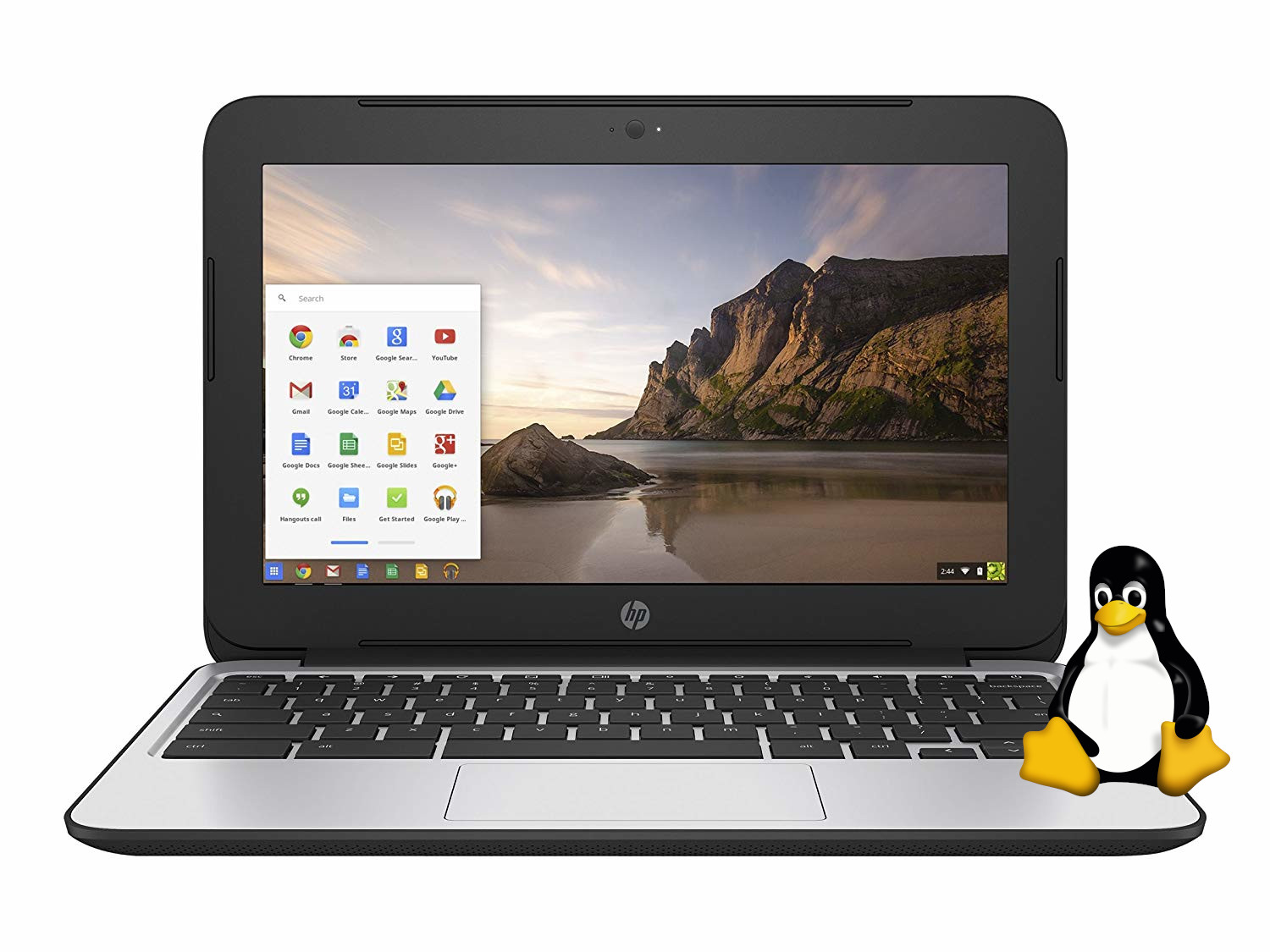

This 10GB will be reserved for Linux and will not be available to use elsewhere. Therefore, if you set your Linux container to 10GB.

You’re giving up some of your storage for Linux. When choosing the file size for Linux it’s very similar to creating a hard disk partition. You can still install Linux, but you may be limited on the number of programs you can install. If your Chromebook is showing less than 10GB it most likely means you don’t have much storage available. You’ll also see a recommended Linux size, which is most likely showing as 10GB. You can use this username or change it to something different if you wish. When you turn on Linux you’ll be presented with a populated username. If you do you’ll see the option to ‘Turn On’ Linux from the left-hand side of the developer menu. If you don’t have a developer’s option then it most likely means your Chromebook isn’t Linux compatible. You should then see a menu similar to what you can see in the image below. To check to see whether you have Linux on your Chromebook you need to check if it’s available in the developer settings. So let’s take a look at how you Install Linux on Chrome OS. You would need to buy a higher-spec model than the one you currently own. If your Chromebook does not support Linux and you would like to take advantage of what it can offer. Budget devices may simply not have enough processing power. The good news is most Chrome OS computers from the mid and high-spec range support Linux. You’ll find out in the steps below whether you have Linux capability.


To install Linux your Chromebook needs to be compatible. There are a huge number of programs available, and the best thing is most of them are free to use. When you install Linux you’re opening up your computer to many Linux programs. Installing Linux on Chrome OS gives you many new features that you’ll simply not want to do without.


 0 kommentar(er)
0 kommentar(er)
